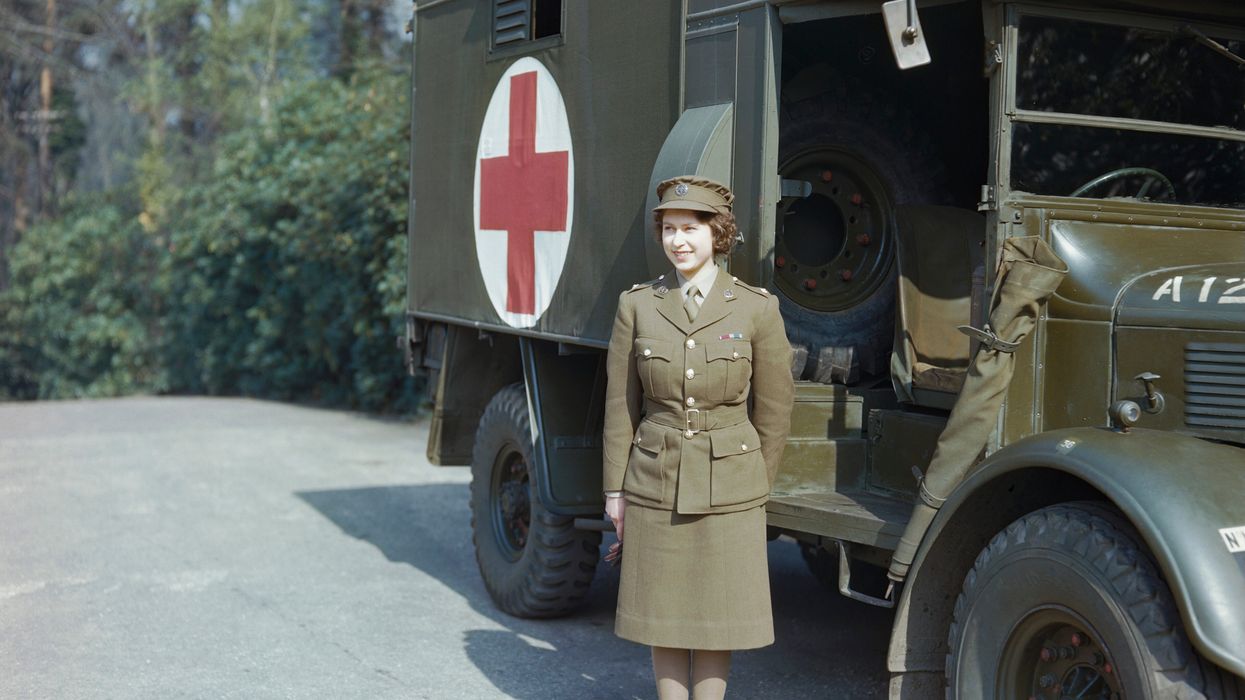Collecting antiques can be wonderful and exciting. Be it jewellery, art, or anything else, each piece holds a part of history. However, sometimes the history that the relic holds might be concealed. This is what happened with a woman who had bought a dress to add to her growing collection of antique dresses. When Sara Rivers Cofield, an archaeologist and doodad researcher from Maryland, USA, bought a silk dress while visiting her mother in Maine, in 2013, she made a stunning discovery that took the internet by storm.
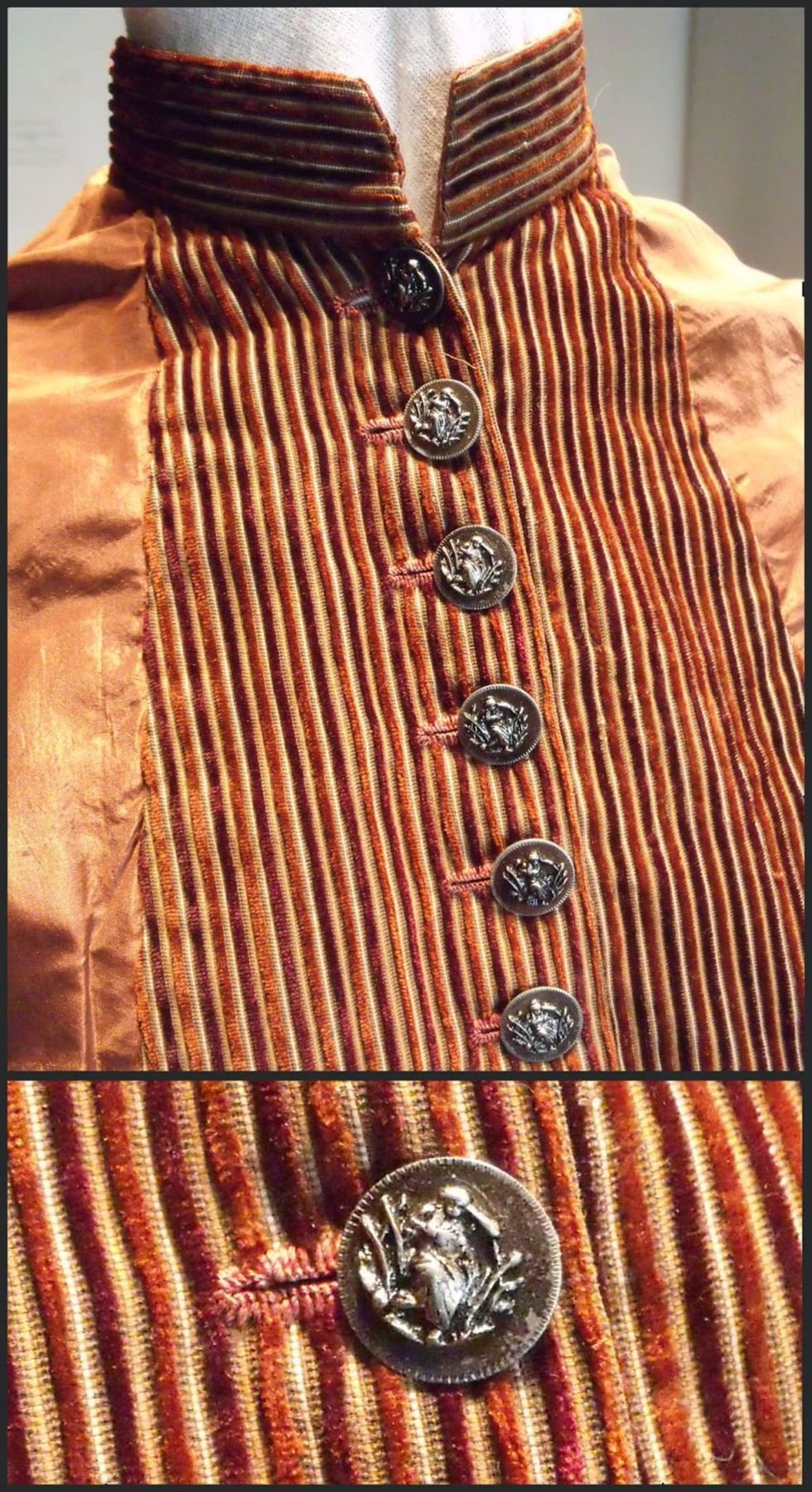
Sara likes to collect old vintage dresses and handbags as a hobby. So, she purchased this antique bronze-coloured silk dress one day for $100. Little did she know that an ancient mystery lay riddled and concealed inside the ruffles and folds of this vintage textbook silk bustle dress from the 1800s. When she discovered this mystery, she revealed it to the public by writing a blog about it, titled, “The Mystery of Bennett's Bronze Bustle!”
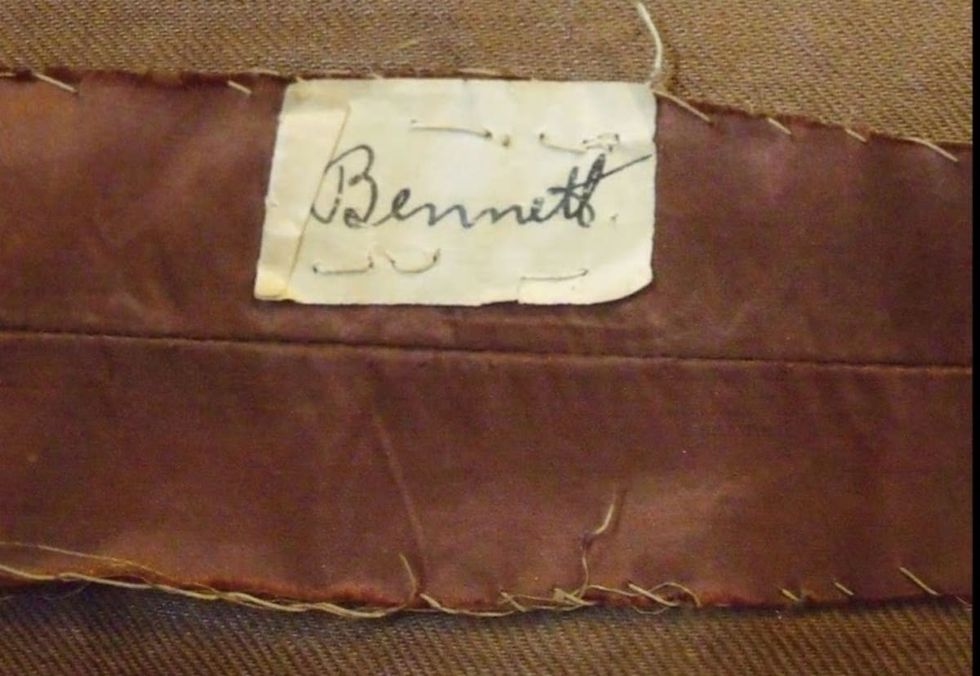
In the blog, she describes that the dress was in exceptionally good condition, with a draped skirt, lace cuff, rusty-hued accents, and puffy bustle. The dress also featured several metal picture buttons that depicted a Shakespearean motif of Ophelia from “Hamlet.” At the bodice lining, there was a paper tag sewn into the back with the name "Bennett" handwritten on it. But the most remarkable feature she discovered in the dress was a “secret pocket,” tucking away a note with a bizarre, cryptic code scribbled on it.
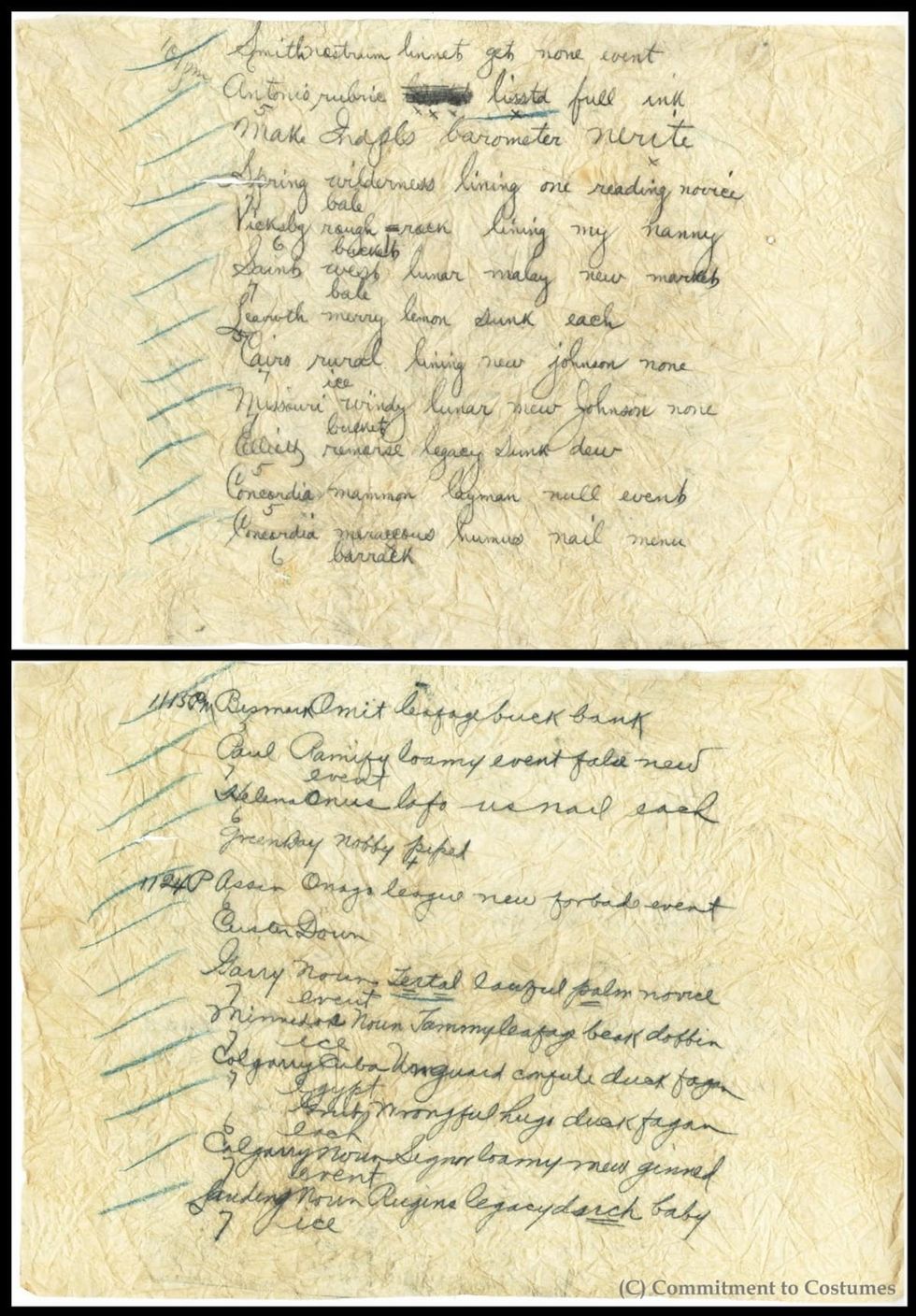
The cryptogram on the note consisted of a few lines of text, many beginning with a place name, followed by random verbs and nouns. Some of these lines read as,
“Bismark, omit, leafage, buck, bank
Calgary, Cuba, unguard, confute, duck, fagan
Spring, wilderness, lining, one, reading, novice.”
“There are also numbers between the lines, each line is marked off with a different color, and there are weird time-like notes in the margin; 10 pm, 1113PM, and 1124 P. I feel like those clues point to code of some kind,” Sara wrote on her, “I'm putting it up here in case there's some decoding prodigy out there looking for a project.”
A reader named Klaus Schmeh mentioned in the comment section that he had posted this mystery on his blog, “The Mysterious Message in the Silk Dress.” The mystery was quickly promulgated on the internet, and people attempted to guess and decode the encrypted code. Was it a cryptic love letter? Dress measurements? Civil War codes? A telegraphic code?
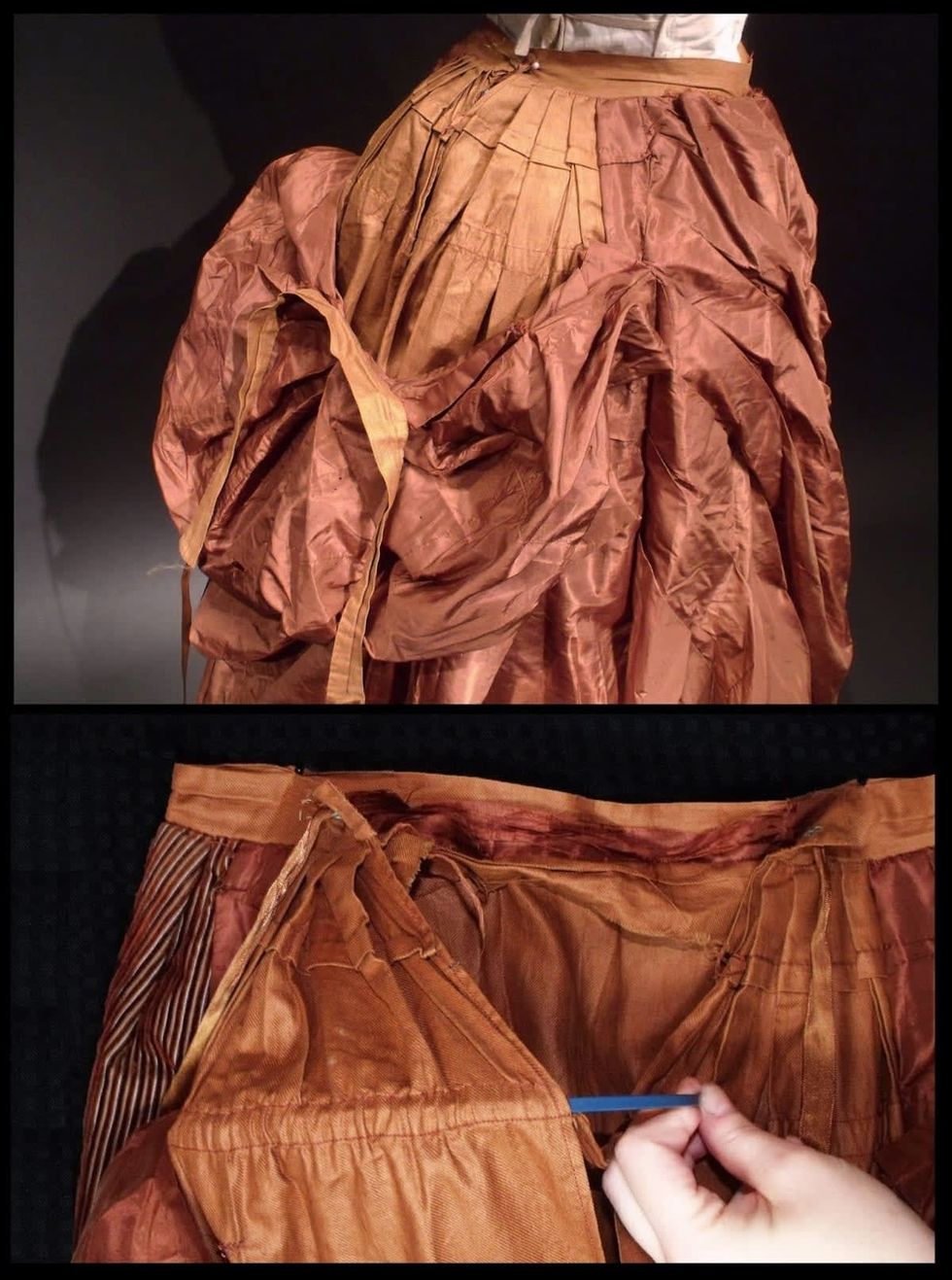
A decade later, Wayne Chan, a researcher from the University of Manitoba cracked the mysterious code. He told CNN that initially he looked at 170 code books and none of them matched the message. “I worked on it for a few months, but didn’t get anywhere with it. I set it aside and didn’t look at it again.” Chan said. In August 2022, Chan published an academic paper explaining the puzzle. He started by saying that it was a telegraph code, “Since telegraph companies charged by the number of words in a telegram, codes to compress a message to reduce the number of words became popular,” he wrote.
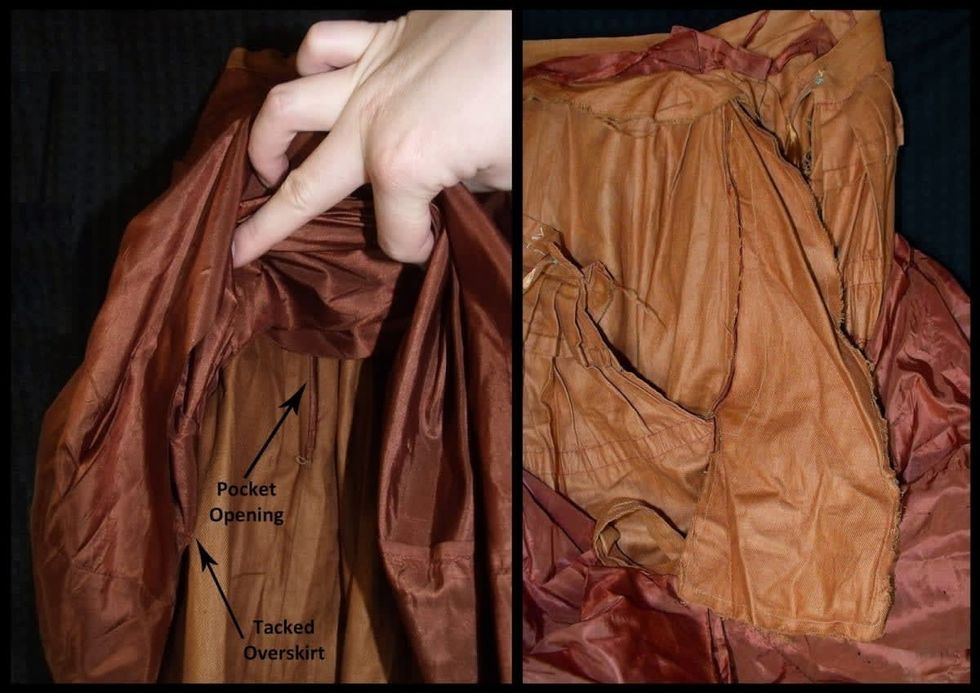
Chan knew that telegraphic codes were also created to ensure privacy since telegrams passed through so many hands before and after being sent. Organizations like law enforcement agencies, mining corporations, grocers, seed companies, banks, railways, and even movie makers used secret codes.
For example, “A phrase such as ‘The crew are all drunk’ might be substituted with a codeword such as “CRIMPING,” he noted. It's not much different from what people do with texts on their cell phones today, Chan explained. Chan, a cryptogram enthusiast and hobbyist code-breaker then came across an old book called “Telegraphic Tales and Telegraphic History” which contained a section about the weather code used by the U.S. Army Signal Corps. The book contained some examples that seemed to match with the codewords from the dress. This led him to believe that the code in the dress pocket might be related to the weather.
In the late 19th century, the invention of the telegraph became the means for the first weather maps. These maps showed the location and movement of weather systems. Meteorologists utilized these maps to track storms and predict weather. But, Chan explained, weather observations, which consisted of several meteorological variables, had to be condensed, just like other telegraph messages to save money. As a result, codebooks were published for the weather observers.
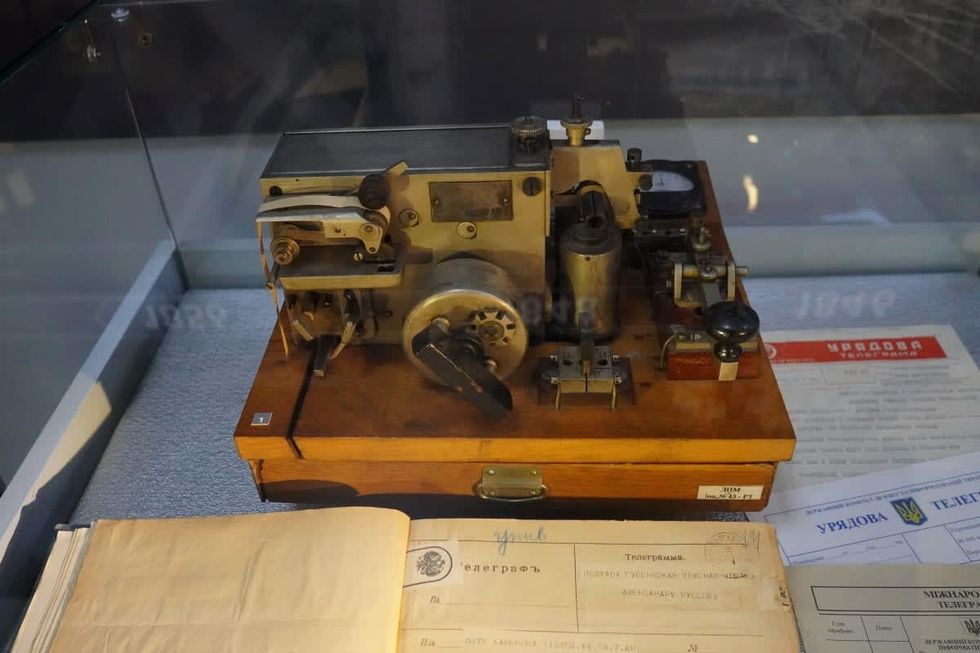
Chan spent hours and hours poring over the excerpts in this codebook. According to NOAA, he then came across Katie Poser, the librarian at NOAA’s Central Library in Silver Spring, Maryland, who was able to provide a PDF of a weather telegraph codebook, published in 1892. Using Poser’s copy, Chan concluded that the messages were from Signal Service weather stations in the U.S. and Canada.
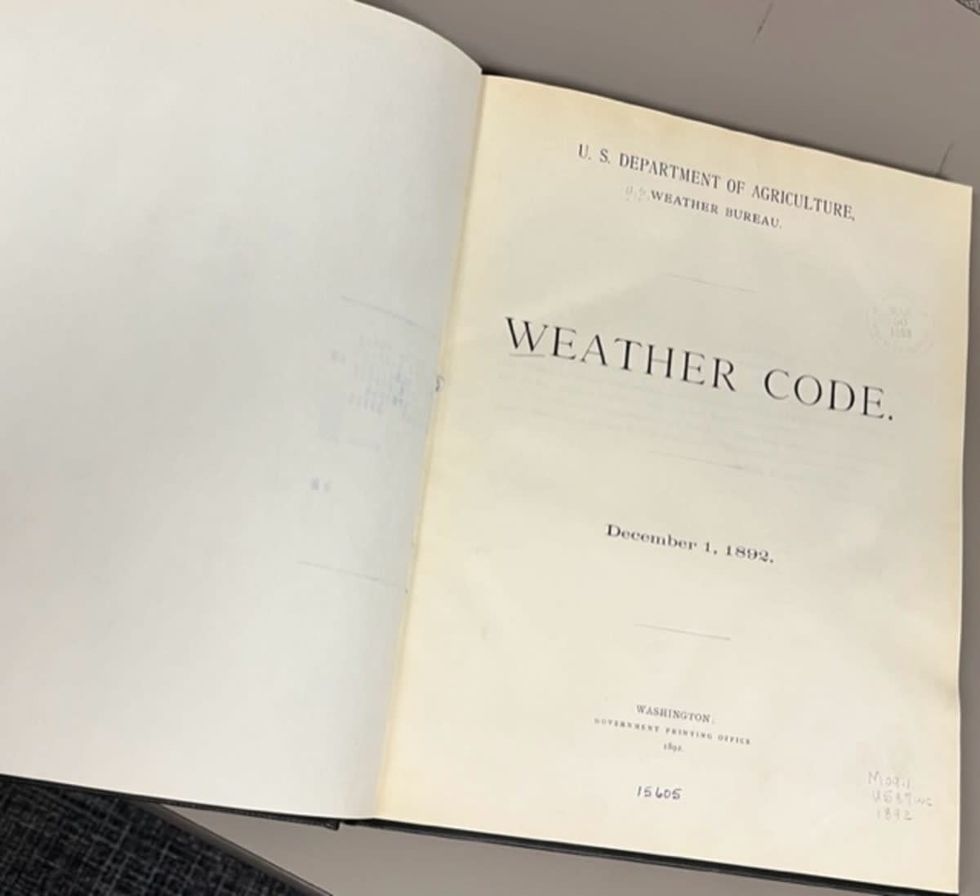
At last, he deduced that the text written on the note stuffed in the dress pocket was some kind of weather observations telegraphed into a central Signal Service office in Washington, DC. The format of these weather messages comprised the station location, followed by codewords for temperature/pressure, dew point, precipitation/wind direction, cloud observations, and wind velocity/sunset observations. For instance, he explained, the code “Bismark, omit, leafage, buck, bank,” implied something like this: “Bismark” for Bismark Station name from Dakota Territory; “Omit” for air temperature; “Leafage” for dew point; “Buck” for state of weather, and “Bank” for current wind velocity. Hence, the code was cracked.
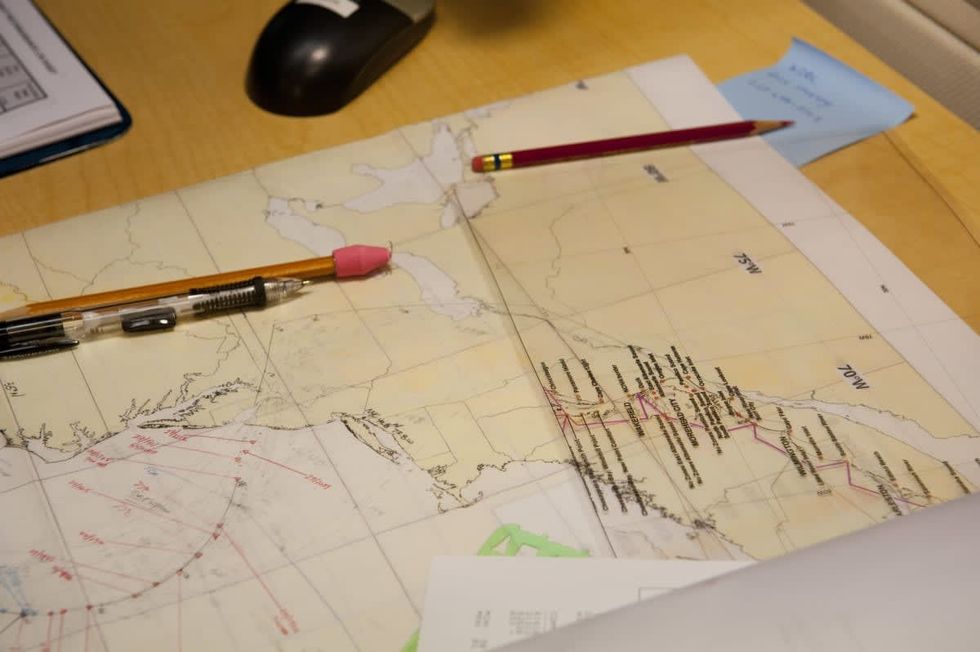
Further research from NOAA Central Library revealed to Chan that these observations were taken on May 27, 1888. “It was interesting to see how far the impact of the Weather Service went,” Poser said, per NOAA. She did know about NOAA’s connection to the former Army Signal Service. “We were glad we could help. We don’t want to gatekeep any of this information. It should be accessible to anyone that wants or needs it.”
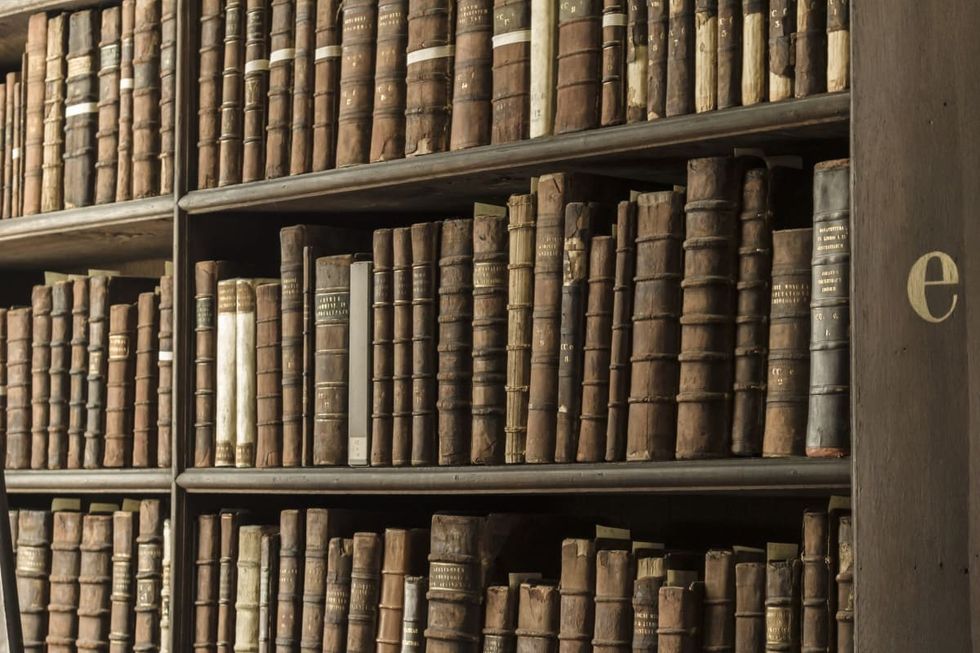
But who owned the actual dress? This question is still a mystery. The answer to this could lie in the label “Bennett” attached to the back of the dress. According to Chan’s research, there was a man named Maitland Bennett working there as a clerk during this period, and his wife might have been the owner of the dress, but she was eight months pregnant when the weather observations were taken and so, it seems quite unlikely that she could have been wearing this dress. So, all of it ends in another mystery, but as Sara said, “Everybody loves a mystery!”





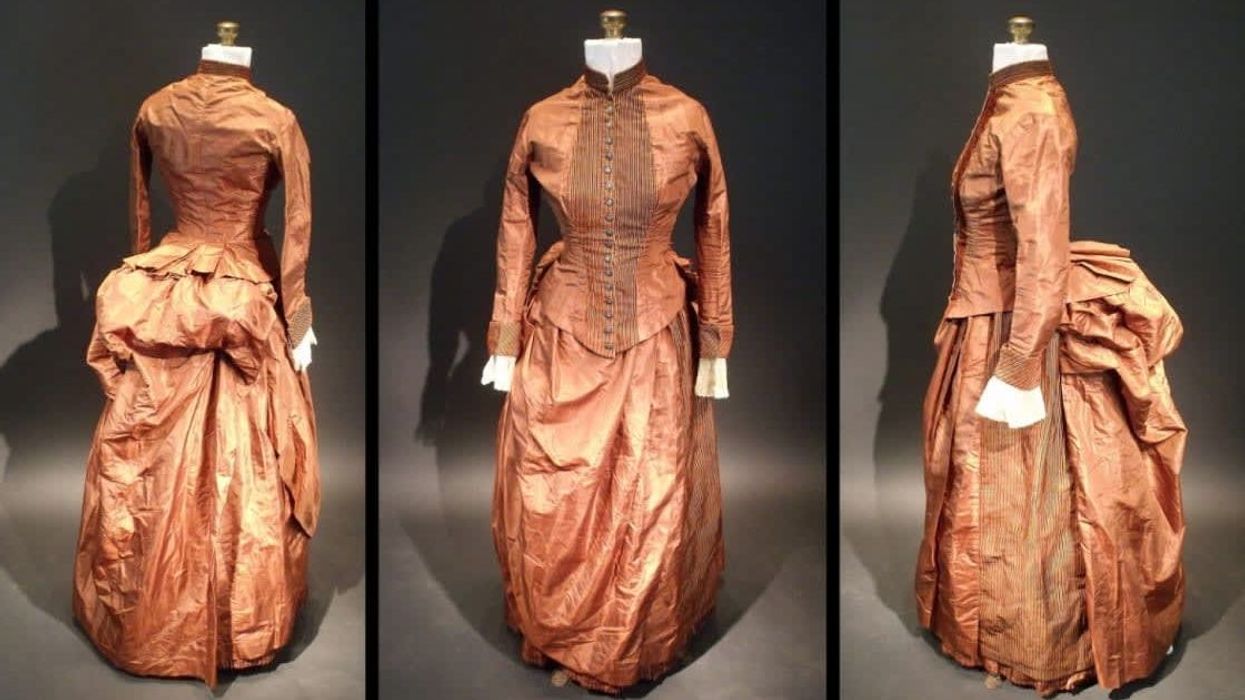


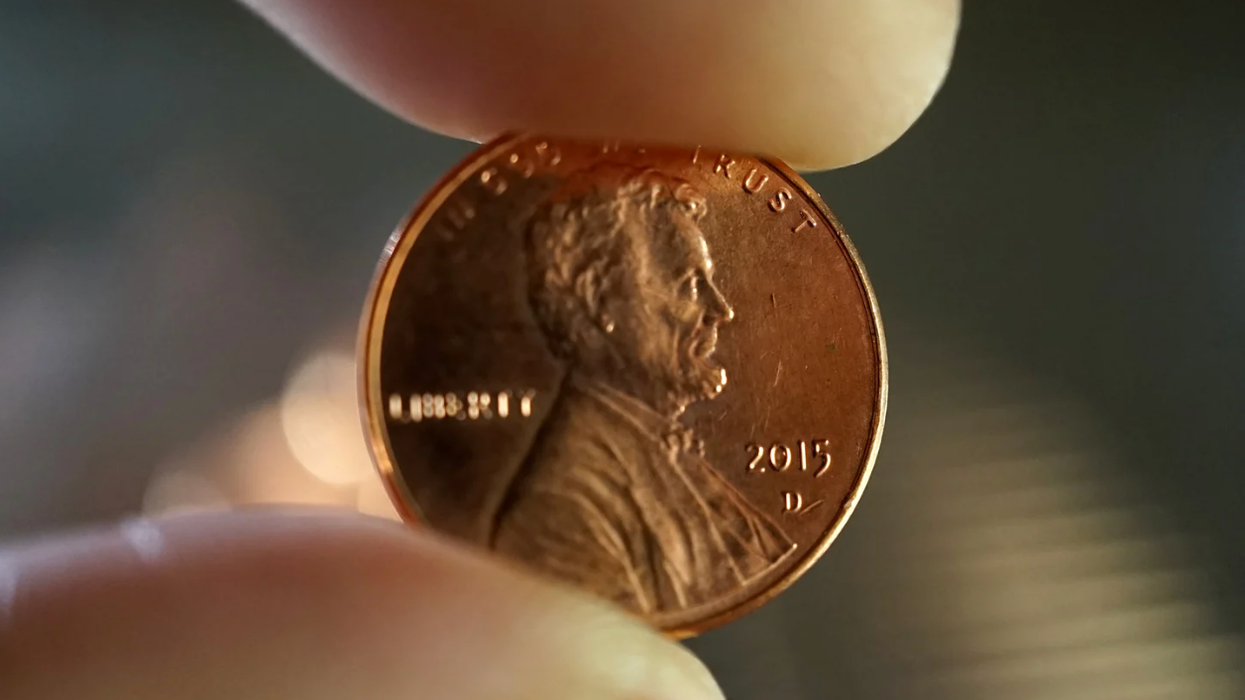
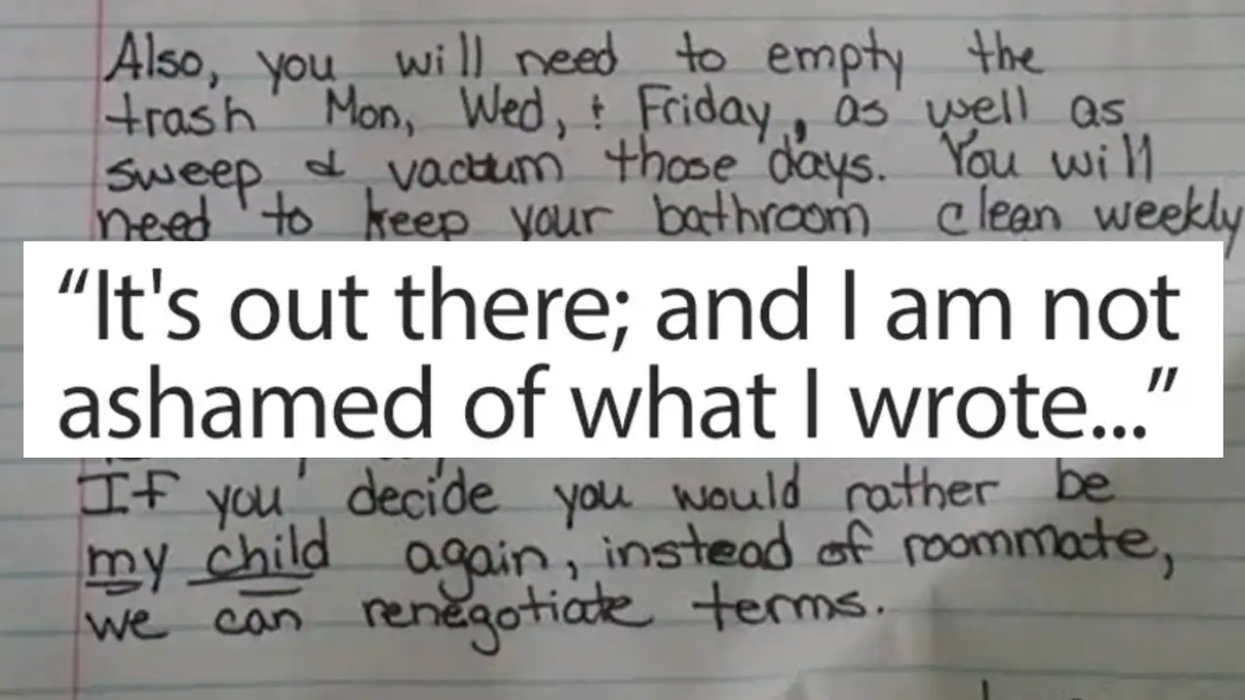







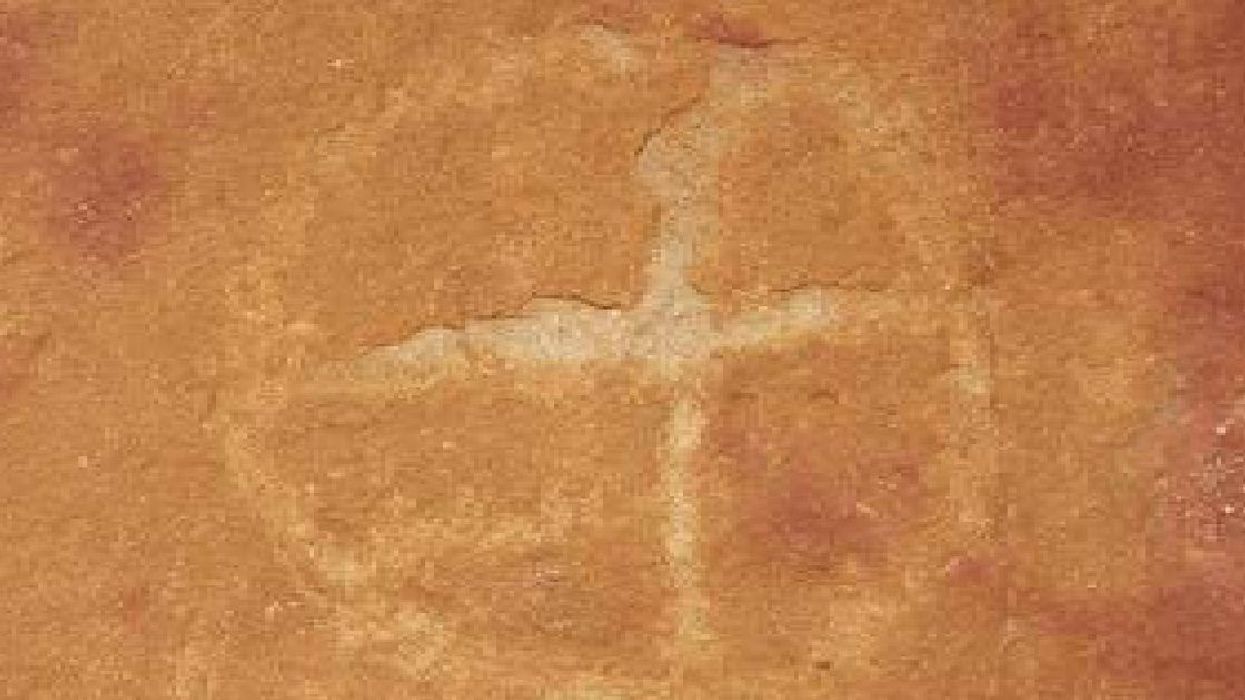
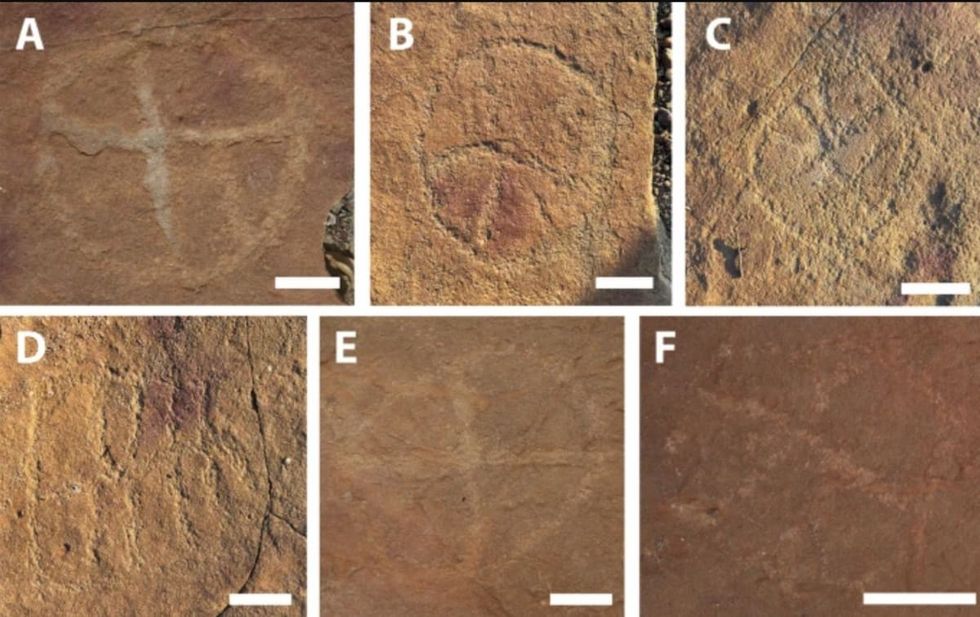 Image frmo Scientific Reports of ancient artwork. Image Source:
Image frmo Scientific Reports of ancient artwork. Image Source: 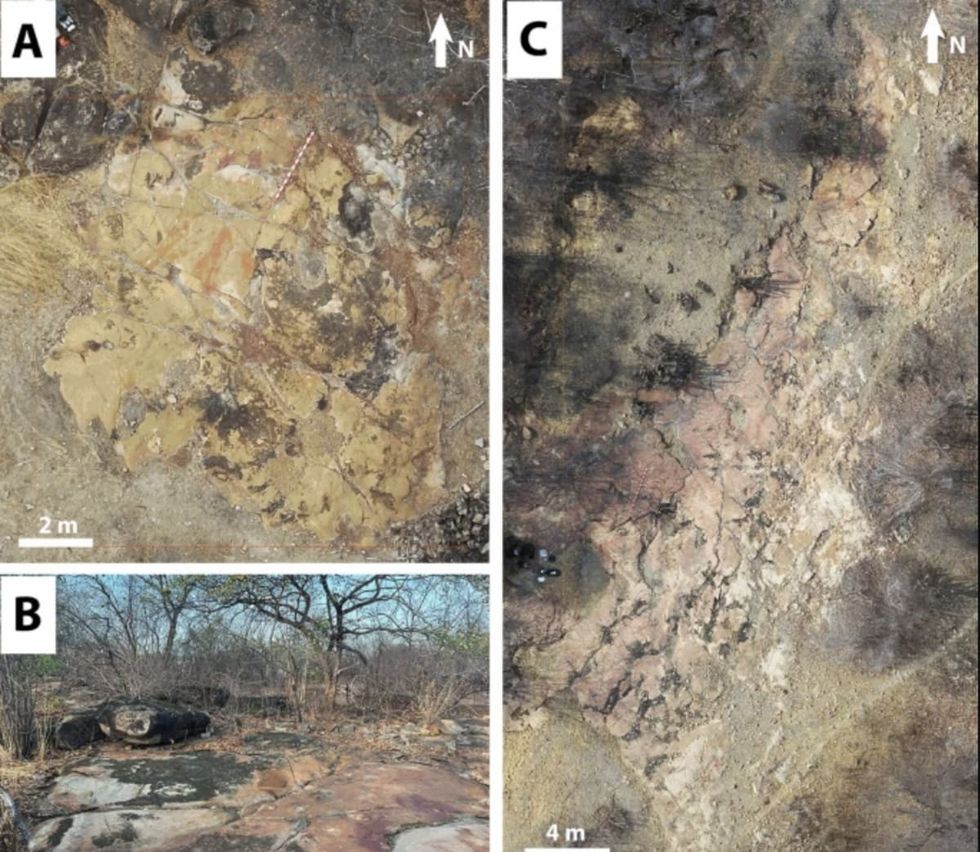 Image frmo Scientific Reports of ancient artwork.Image Source:
Image frmo Scientific Reports of ancient artwork.Image Source: 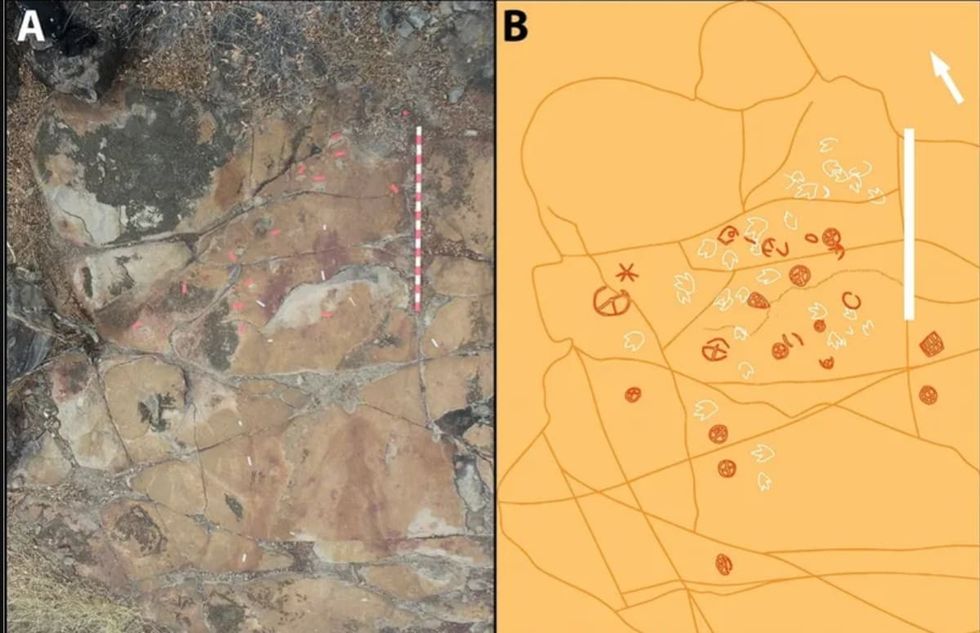 Image frmo Scientific Reports of ancient artwork.Image Source:
Image frmo Scientific Reports of ancient artwork.Image Source: 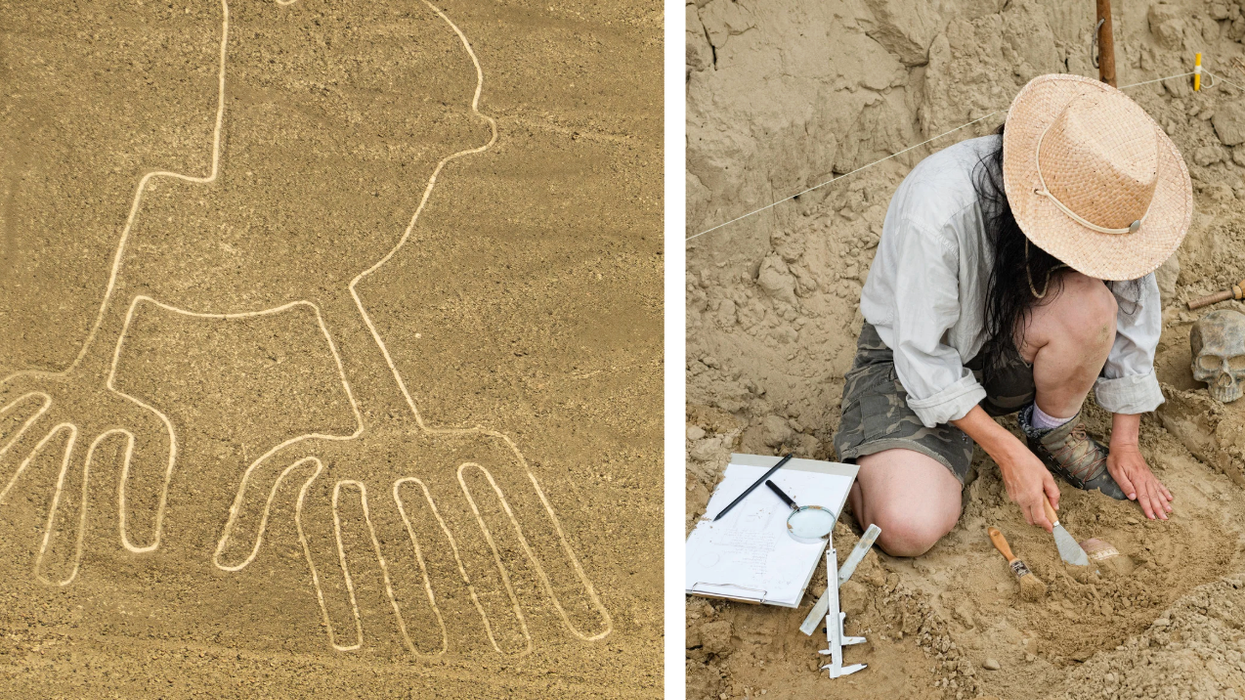

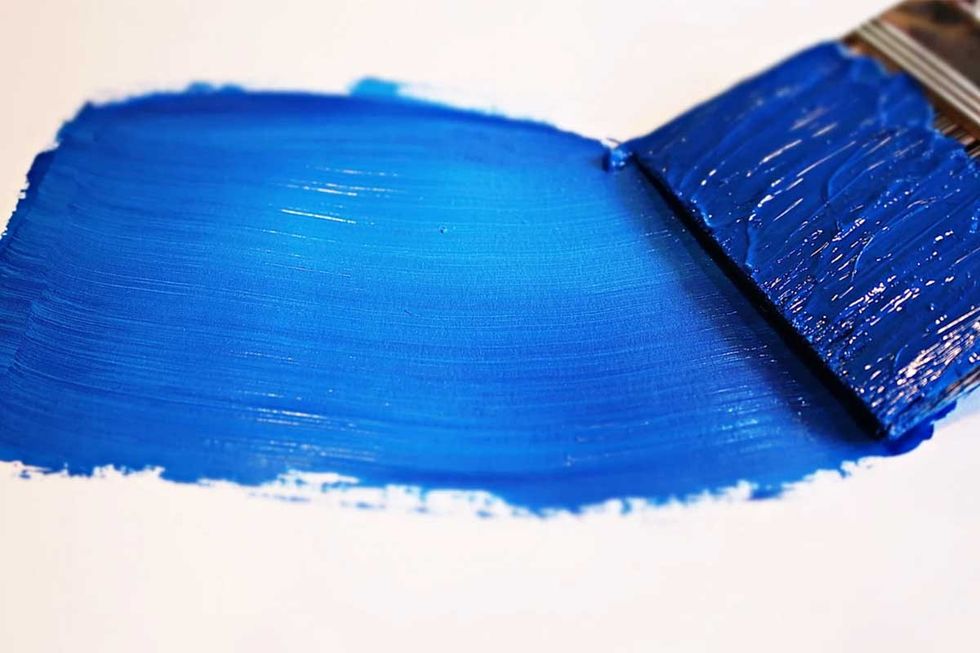 It's difficult to imagine seeing a color and not having the word for it. Canva
It's difficult to imagine seeing a color and not having the word for it. Canva
 Sergei Krikalev in space.
Sergei Krikalev in space. 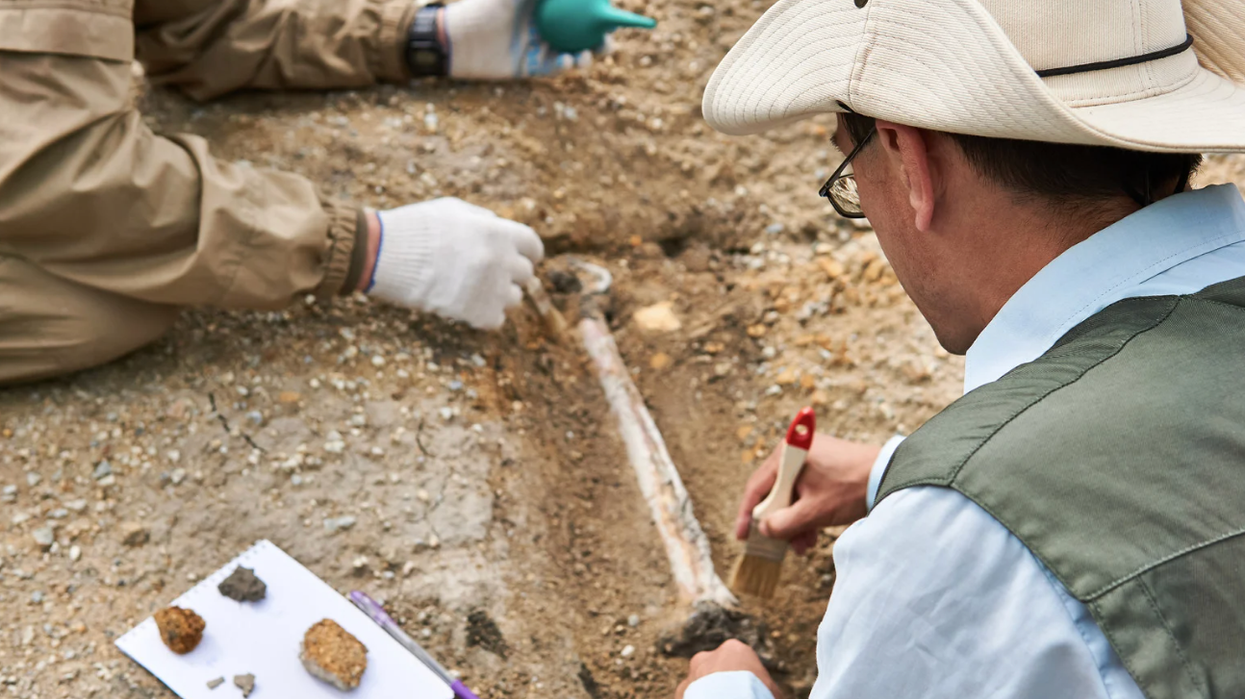


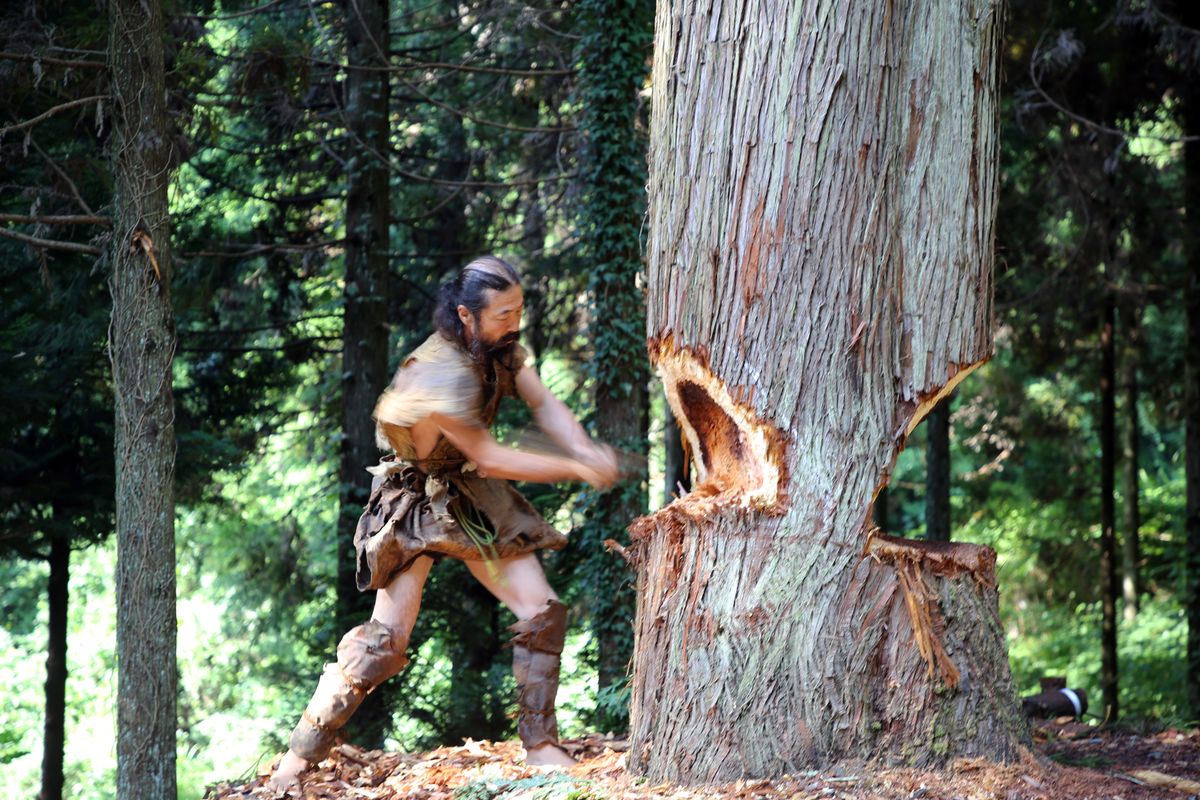 The team also crafted their canoe using ancient methods and Stone Age-style tools. National Museum of Nature and Science, Tokyo
The team also crafted their canoe using ancient methods and Stone Age-style tools. National Museum of Nature and Science, Tokyo The cedar dugout canoe crafted by the scientist team. National Museum of Nature and Science, Tokyo
The cedar dugout canoe crafted by the scientist team. National Museum of Nature and Science, Tokyo